18.10.2020
ULA’s Delta 4-Heavy rocket still grounded by launch pad problem
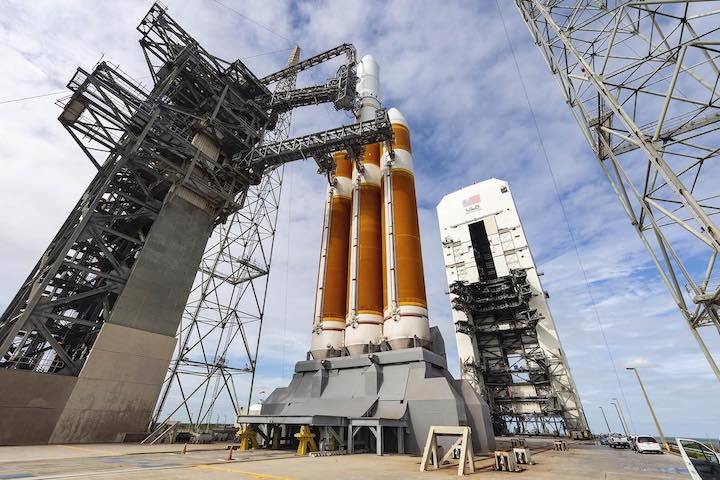
United Launch Alliance engineers have resolved the problem that triggered an abort of a planned Delta 4-Heavy rocket launch Sept. 30, but the company said Friday it is continuing to evaluate a concern with the launch pad swing arm retraction system at Cape Canaveral.
ULA said the Delta 4-Heavy’s mission to launch a classified National Reconnaissance Office spy satellite will be postponed beyond next week.
The launch provider, a 50-50 joint venture between Boeing and Lockheed Martin, said Friday that the Delta 4-Heavy launch date was now “indefinite” on the Eastern Range, which oversees launch operations at Cape Canaveral Air Force Station.
“With continued emphasis on mission success, our team will continue to test and evaluate the swing arm retraction system prior to the launch of the Delta 4-Heavy,” ULA tweeted. “We will confirm a launch date as soon as possible.”
The Delta 4-Heavy launch countdown was halted at T-minus 7 seconds Sept. 30, just before ignition of the rocket’s three hydrogen-fueled RS-68A main engines.
Tory Bruno, ULA’s president and CEO, tweeted Oct. 13 that the issue that caused the abort was “understood and resolved.”
“A sensor incorrectly reported that a valve in the RS-68A was not in the flight position,” Bruno tweeted. “We have implemented a change that will better verify its position.”
He added the ULA was “working through an issue with pad hydraulics” associated with the swing arm retraction system at the Delta 4 launch pad. Three swing arms feeding propellants and conditioned air to the rocket and its satellite payload are designed to retract as the Delta 4-Heavy lifts off.
“Fixing is always easy,” Bruno tweeted. “Making sure something stays fixed takes more work and lots of discipline.”
The countdown hold Sept. 30 was the second abort for the Delta 4-Heavy rocket in the final 10 seconds of a countdown. A launch attempt Aug. 29 was aborted at T-minus 3 seconds, after ignition of one of the rocket’s three RS-68A main engines.
ULA traced the problem uncovered Aug. 29 to a pressure regulator at the Delta 4’s launch pad at Cape Canaveral.
The Delta 4-Heavy mission, codenamed NROL-44, has suffered repeated delays over the last two months.
ULA has delayed the launch from its original target date of Aug. 26. A pneumatics issue prevented the rocket from launching Aug. 27, and the Aug. 29 countdown stopped when the automated launch sequencer detected a problem with a pressure regulator on the launch pad designed to flow helium gas to spin up rocket’s center engine for ignition.
The regulator for the center engine did not open, prompting the countdown’s computer controller to stop the countdown.
Bruno said that engineers refurbished and tested all three pressure flow devices at pad 37B before proceeding with another launch attempt.
ULA set Sept. 26 for the next launch attempt for the NROL-44 mission, but officials delayed the mission again to investigate a concern with the swing arm retraction system at the Delta 4-Heavy’s seaside launch complex at Cape Canaveral. The swing arms, which feed liquid propellants and conditioned air to the vehicle, are designed to quickly retract away from the rocket at liftoff.
Officials kicked off a countdown Monday afternoon for a launch opportunity just after midnight Tuesday. But the threat of lightning prevented ground crews from retracting the launch pad’s towering mobile gantry, which is needed to attach satellites in a vertical configuration on the pad, and also provides protection for the rocket before launch.
Storms again delayed rollback of the Mobile Service Tower on Tuesday, but the weather cleared in time to allow technicians to begin moving the gantry. Then a hydraulic leak interrupted the gantry rollback procedure, causing ULA to scrub another launch attempt.
The repeated problems with different parts of the Delta 4-Heavy’s launch pad have raised questions about aging infrastructure at pad 37B, which was originally built to support Saturn rocket launches in the 1960s, then mothballed until Boeing took over the facility in the 1990s for the Delta 4 program.
Boeing built the towering mobile gantry for the Delta 4 rocket, along with a then-new fixed umbilical tower with huge swing arms designed to pull away from the launcher as it climbs away from the pad.
ULA is retiring the Delta 4 rocket family after five more launches — three more from Cape Canaveral and two froom Vandenberg Air Force Base in California. The company’s next-generation Vulcan Centaur rocket, scheduled to debut in the second half of next year, will replace ULA’s existing Delta 4 and Atlas 5 launch vehicles.
While SpaceX’s Falcon Heavy rocket is significantly less expensive and can lift heavier payloads into low orbits, the Delta 4-Heavy has demonstrated an ability to inject satellites directly into high-altitude circular geosynchronous orbits more than 22,000 miles (nearly 36,000 kilometers) above Earth.
The maneuvers required for such an orbital injection take place over roughly six hours. While the payload on the NROL-44 mission is classified, independent analysts say publicly-known parameters such as the rocket’s capabilities, its launch azimuth, and the launch window suggest the Delta 4-Heavy is set to carry a signals intelligence satellite into geosynchronous orbit.
In that orbit, the satellite is expected to unfurl a giant football field-sized antenna to eavesdrop on telephone calls and other data traffic from U.S. adversaries.
The Delta 4-Heavy also has a larger payload fairing than the Falcon Heavy, and the mobile shelters at Cape Canaveral and Vandenberg allow ground crews to mate satellites to the rocket in a vertical orientation. SpaceX plans to offer an enlarged payload shroud on the Falcon Heavy and build a vertical integration hangar at the Kennedy Space Center to support future national security missions that can currently only fly on the Delta 4-Heavy.
ULA’s next Delta 4-Heavy rocket is scheduled to take off no earlier than December from Vandenberg. Bruno said ULA is reviewing maintenance and test procedures at the Delta 4 pads at Cape Canaveral and Vandenberg to ensure the facilities are ready to support the remaining Delta 4 flights.
“We are conducting a very detailed and comprehensive review of all of our preventative maintenance and pre-launch testing processes at the Delta pads and will make whatever improvements are indicated going forward,” Bruno tweeted last month.
The final Delta 4-Heavy rocket is scheduled to launch in 2023.
Quelle: SN
----
Update: 6.12.2020
.
ULA Aims for Dec 10 Launch with Long-Delayed NROL-44 Mission
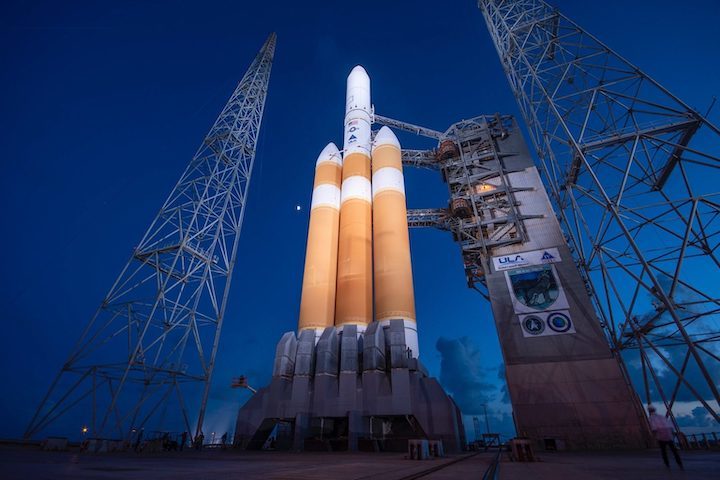
United Launch Alliance (ULA) is now targeting Dec 10 to launch the long-delayed NRO-44 mission for the U.S. National Reconnaissance Office (NRO) from Cape Canaveral Air Force Station, Fla, following repeated scrubbed launch attempts atop a Delta IV Heavy rocket dating back to August. Liftoff of the 235-foot-tall (72-meter) beast—which comprises three Common Booster Cores mated together—is set for 5:50-10:30 p.m. EST, pending range availability.
The rocket has been at its seaside launch complex 37B now for over a year, initially expected to fly in June 2020. The rationale for the longer-than-normal pad processing flow remains unclear, although fitting this mission’s pre-flight milestones in between other flights earlier in the year clearly played a role. ULA conducted a fully-fueled Wet Dress Rehearsal (WDR) in the second week of January, before being postponed (for still unknown reasons) from June to Aug 26. The NRO then requested an additional day of delay to the 27th.
Then the technical gremlins moved in for the summer…and part of the fall, too, as circumstances would transpire. Launch on Aug 27 was scrubbed due to a ground pneumatics control system issue and clocks were recycled for a second try in the wee hours of Aug 29. On that occasion, the countdown reached T-3 seconds, before the Terminal Countdown Sequencer Rack (TCSR) autonomously (and dramatically) commanded a “Hot Fire Abort”.
As is characteristic of the Delta IV Heavy’s staggered engine-start and ramp-up sequence, the starboard-side CBC roared to life as planned at T-7 seconds, but the proper conditions were not met for the ignition of its center and port-side counterparts at T-5 seconds. Another launch was ignominiously called off as ULA initiated an investigation, which zeroed-in on one of three pad-side regulators. All three were removed, refurbished and tested, before being reinstalled into the Delta IV Heavy.
But misfortune was far from done with the beleaguered mission. Hopes of flying on 26 September came to nought when a hydraulic issue with SLC-37B’s swing-arm system arose, forcing an additional three-day slip. Two more back-to-back scrubs were then enforced by the intractable Florida weather, with lightning warnings and a need to remove the pad crew to safety eating into their respective countdown operations. A hydraulic hose failure in the Mobile Service Tower (MST) piled yet more frustration onto the proceedings.
Finally, another attempt geared up for liftoff just before midnight on 30 September. Countdown operations proceeded smoothly, with the weather outlook classified as “Green” and the only issue of any concern was an issue pertaining to the review of data readings. Anomaly Chief Dave McFarland and his team determined that a computer-controlled redline limit would be monitored manually, to avert the potential risk of a data readings issue from tripping up the terminal countdown. A slow-to-respond pad swing-arm sensor was “masked-out” to prevent it posing any further problems.
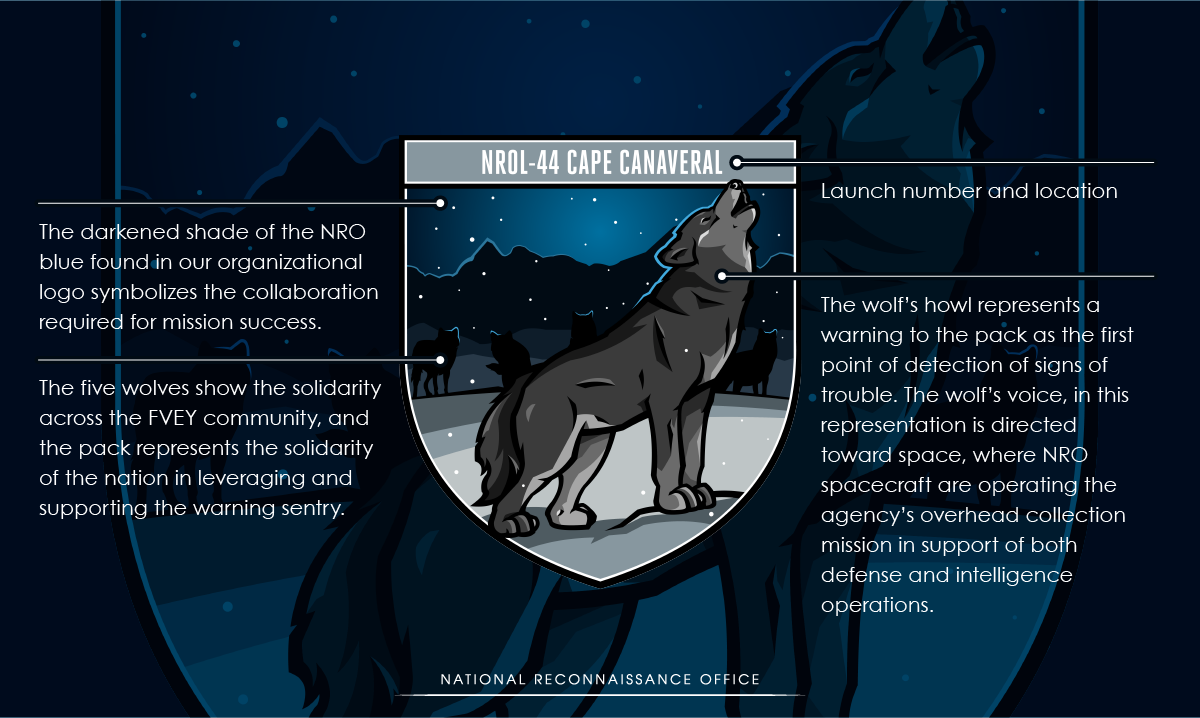
All went smoothly, again, until the final moments before the targeted launch. At T-14 seconds, the pad-side Radial Outward Firing Igniters (ROFIs) came to life like glittering sparklers to clear unburnt hydrogen from the vicinity of the engines. But as the last seconds ticked away, something did not look quite right, for the engine-side ROFIs did not fire. At T-7 seconds, with the same ominous pall of ashen-gray smoke last seen on 29 August, the Delta IV Heavy seemingly came alive, then fell silent, as abort calls rang out across the net.
“We experienced an automated abort because a sensor reported a fault,” tweeted ULA CEO Tory Bruno in the aftermath of the scrub. “Automated Safety System operated as intended. Bird and payload are safe and unharmed. Engine ROFIs were not fired. Turbopumps were not spun up. Mission safety first.”
As frustrating as yet another scrub for the snakebitten Delta IV Heavy might be, the rocket’s safety systems performed as advertised. “Recycle is always a better trade,” tweeted Mr. Bruno, “than the risk of killing a billion-dollar payload that took many years to build.” Initial hopes of flying as soon as Oct 15 came to nothing and ULA ultimately announced a new target of Oct 23, “to allow our team to perform additional analysis and data-monitoring of ground systems to ensure they continue to perform nominally”.
That date also came ultimately to nought tho, when ULA then announced that NROL-44 was delayed indefinitely, noting “with continued emphasis on mission success, our team will continue to test and evaluate the swing-arm retraction system prior to the launch. We will confirm a launch date as soon as possible.”
Quelle: AS
----
Update: 10.12.2020 / 19.30MEZ
.
Start von ULA Delta 4-Heavy mit NROL-44 Mission
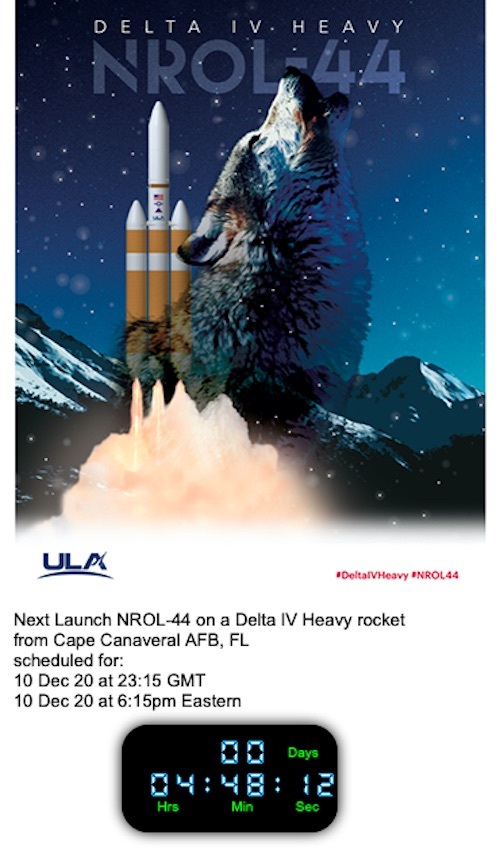
+++
A readiness poll of the launch team by Launch Conductor Scott Barney, with concurrence of ULA Launch Director Lou Mangieri, has authorized cryogenic tanking operations to begin as the countdown continues today. The Delta IV Heavy rocket will be loaded with approximately 470,000 gallons of liquid oxygen and liquid hydrogen over the next couple of hours.
+++
Update: 11.12.2020
.
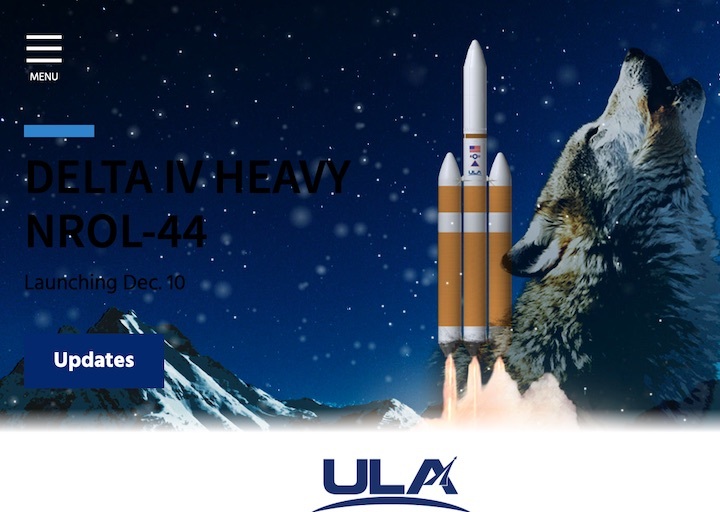
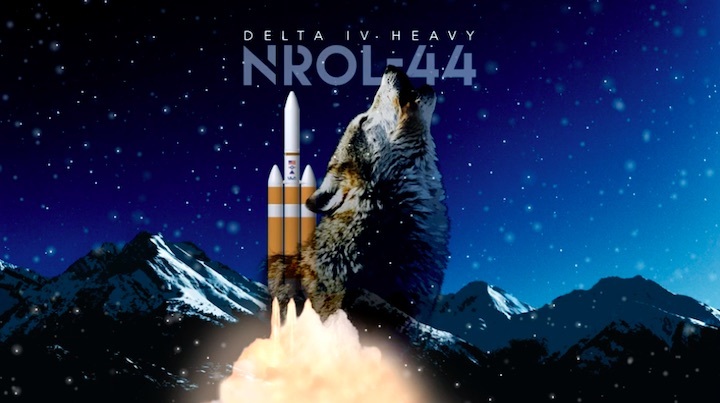
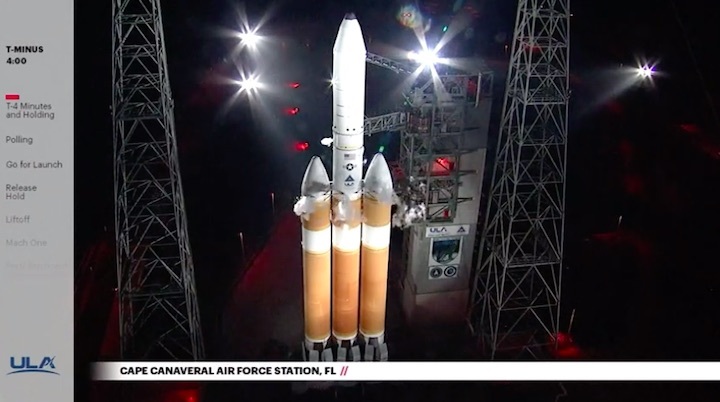
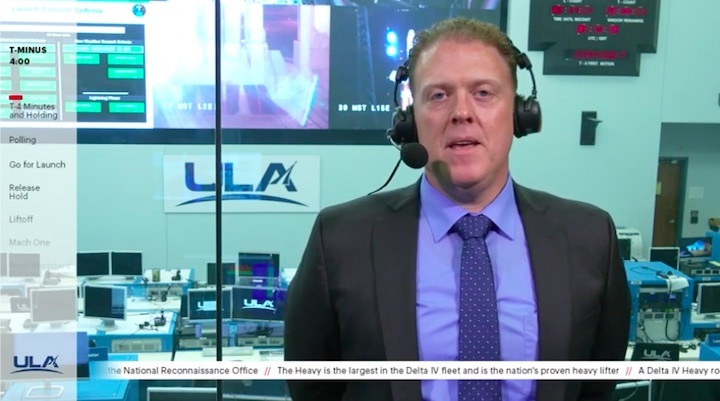
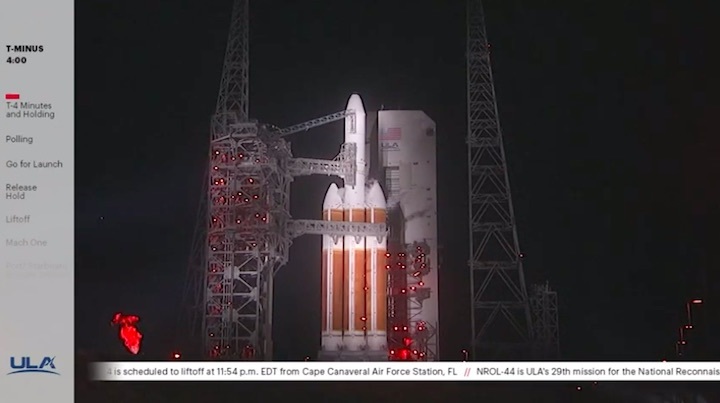
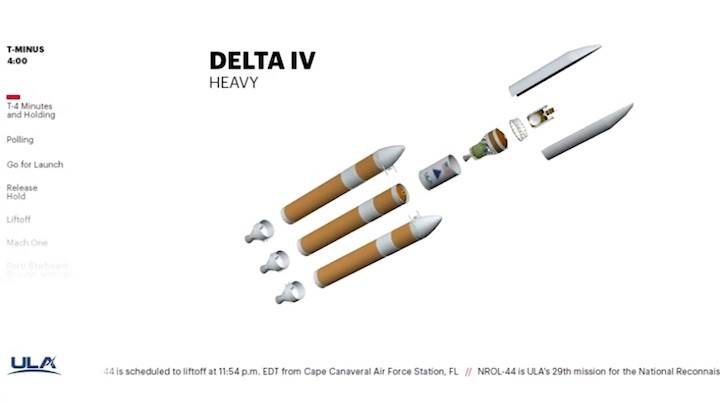
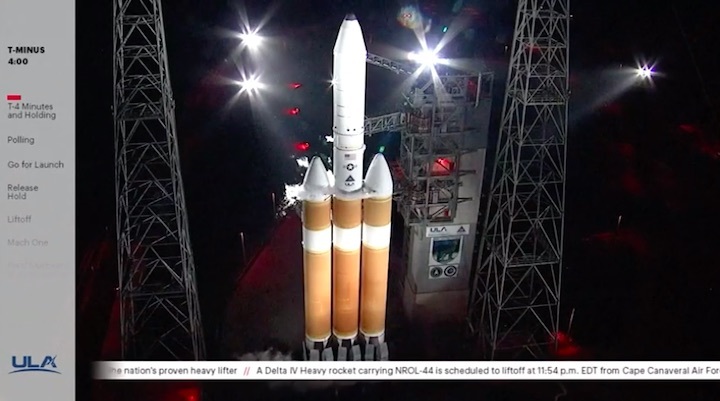
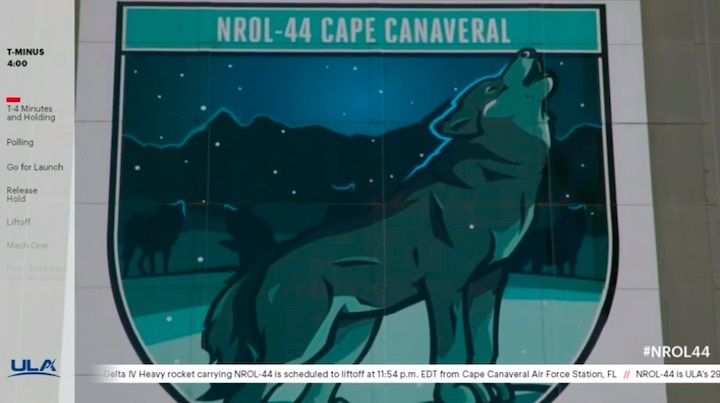
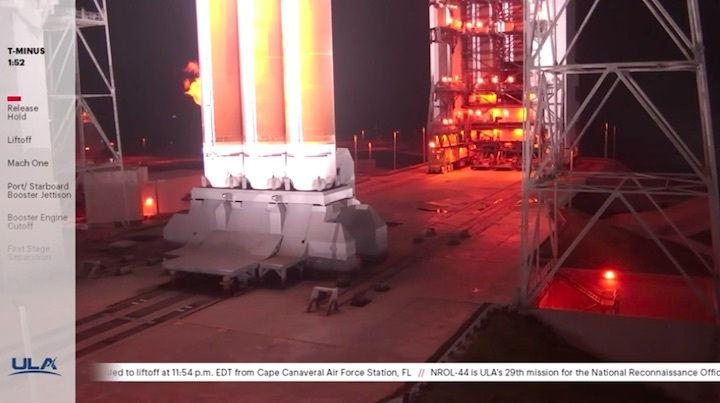

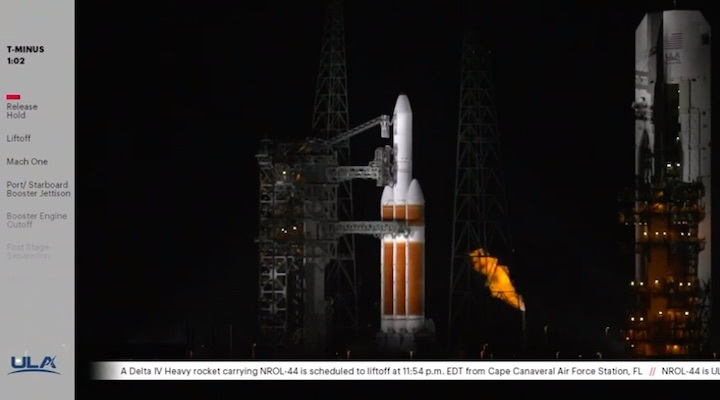
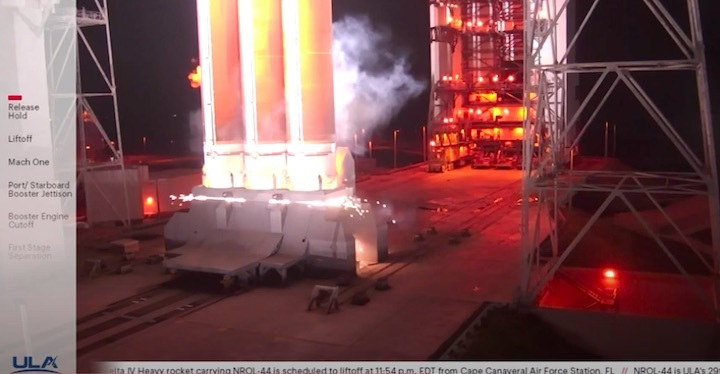
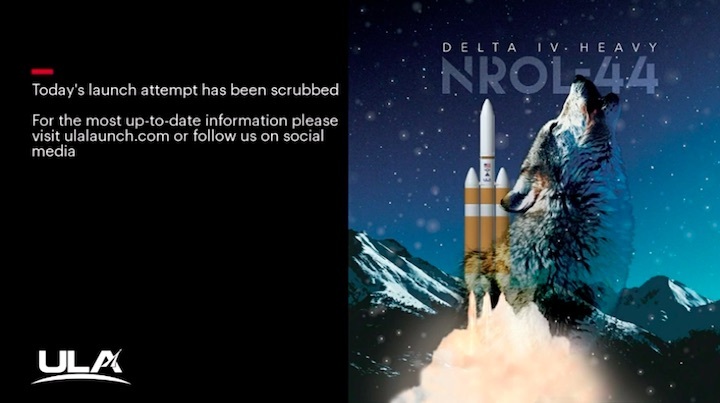
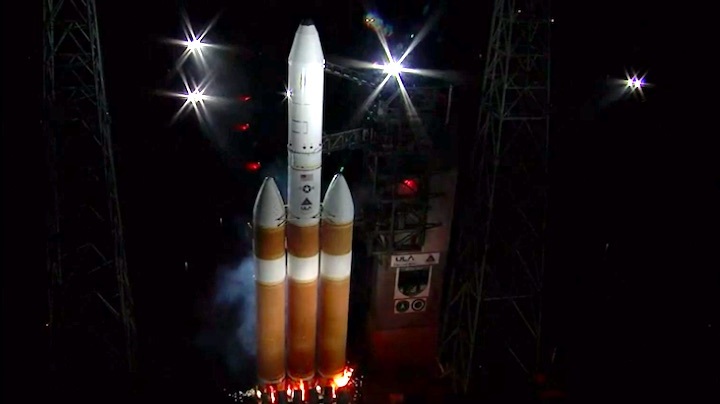
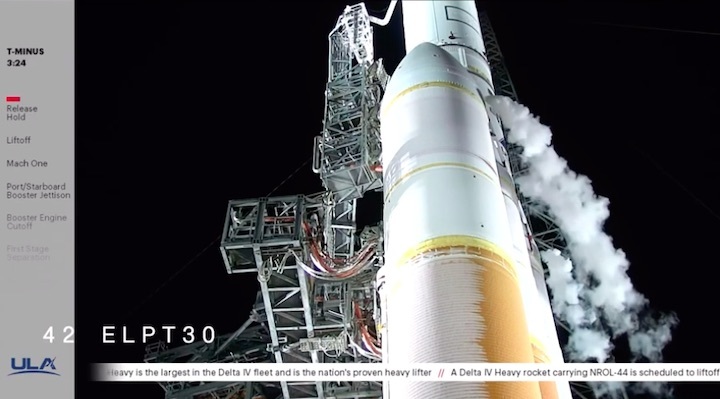

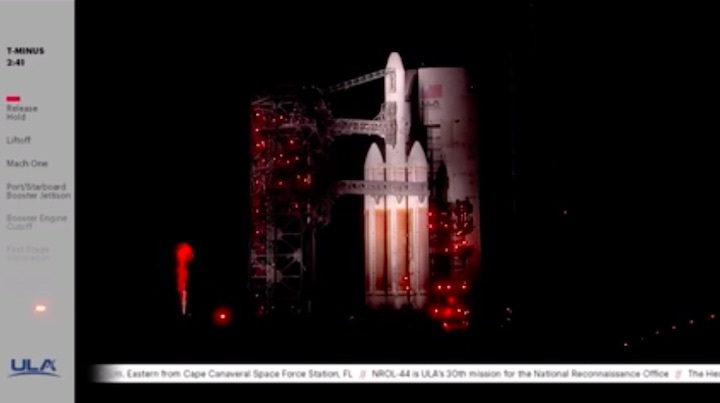
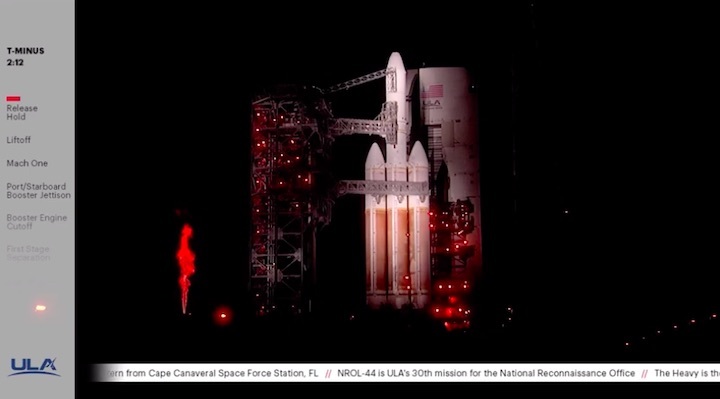
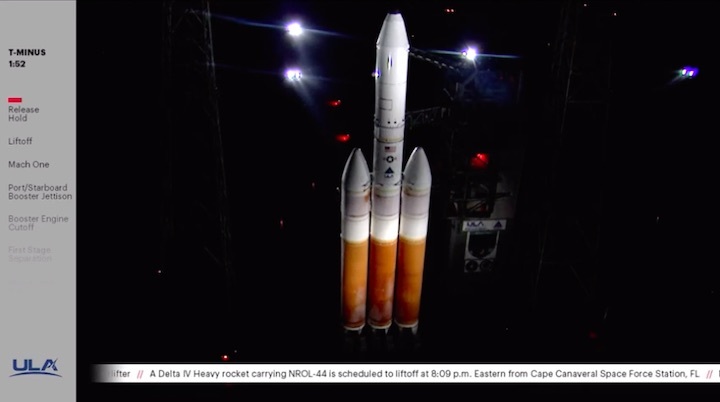
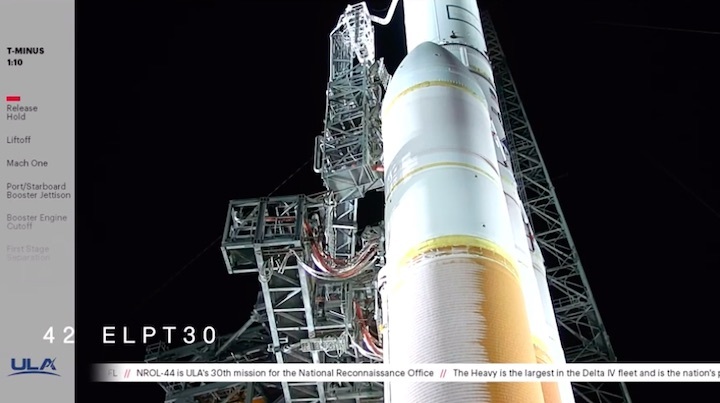
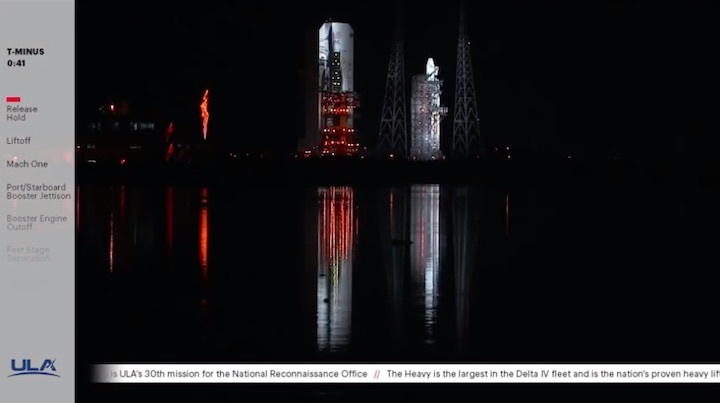
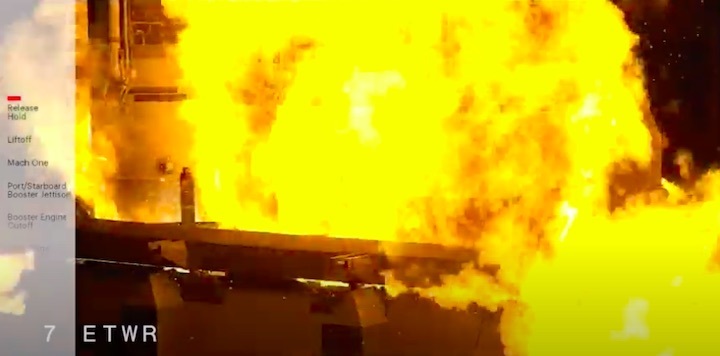
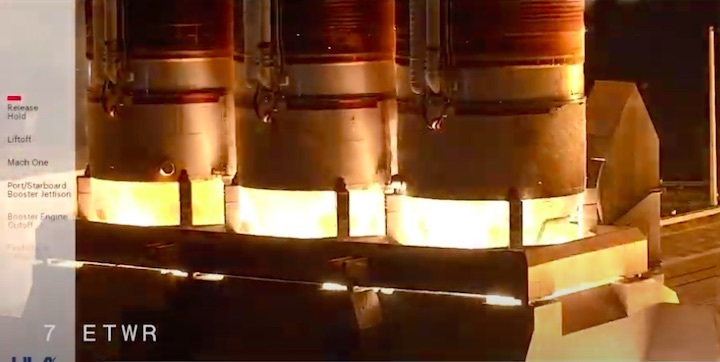
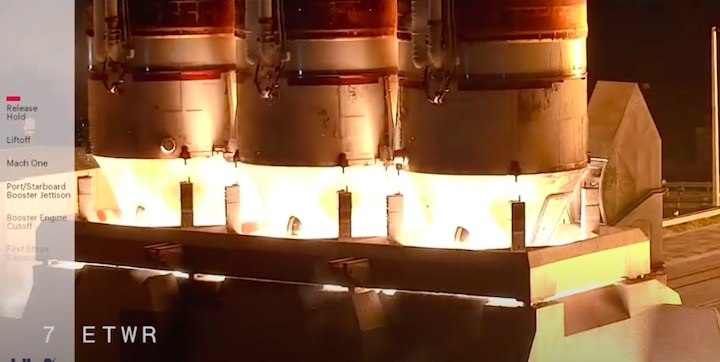


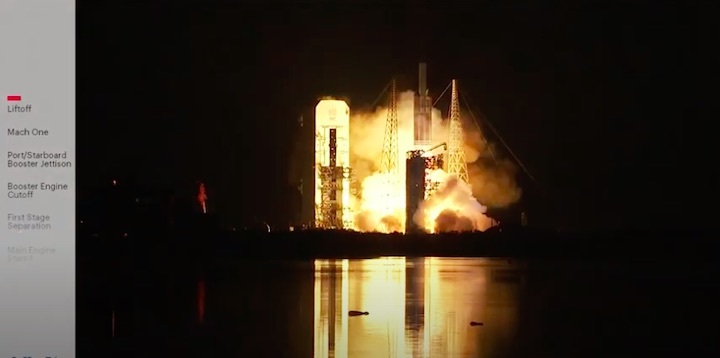
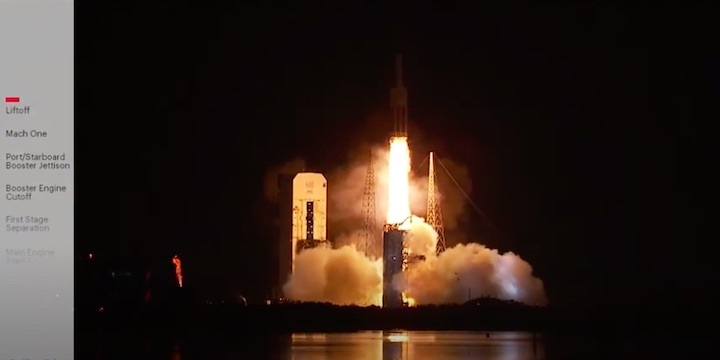
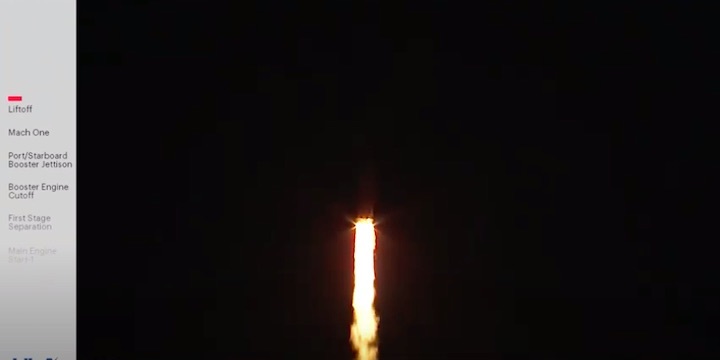
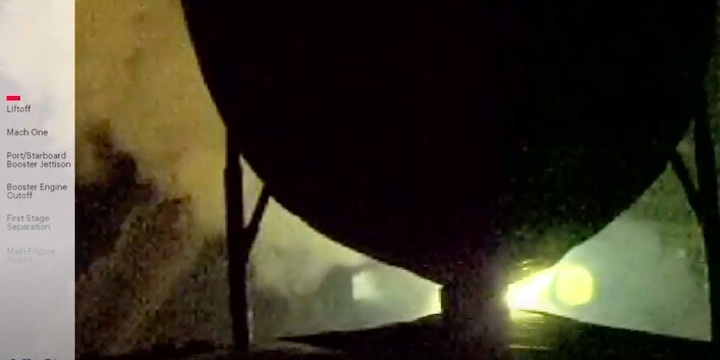
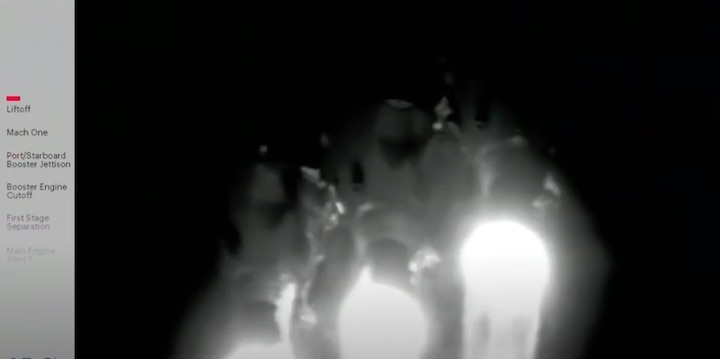
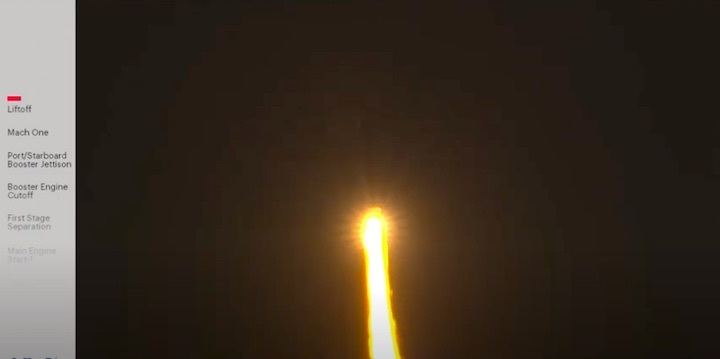
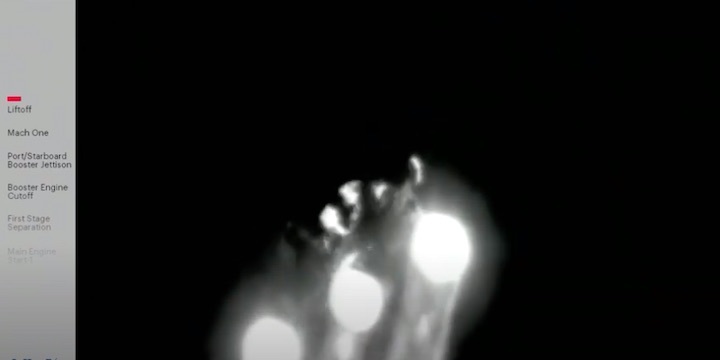
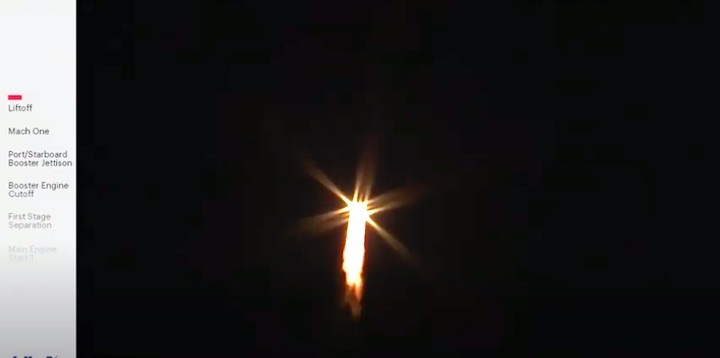

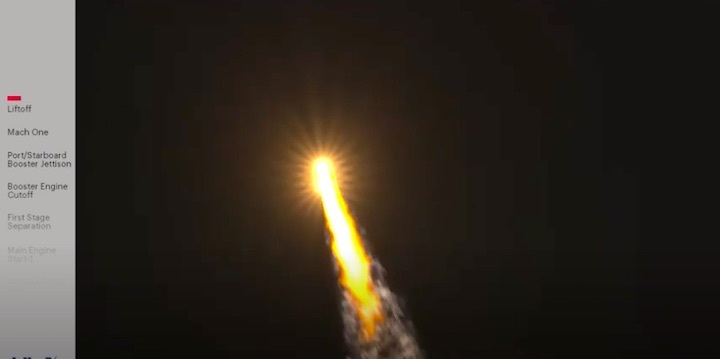
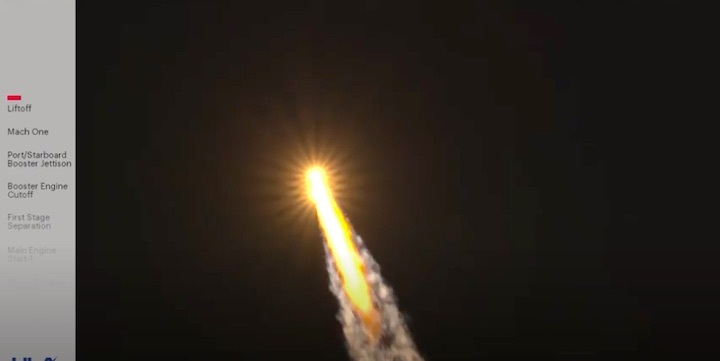

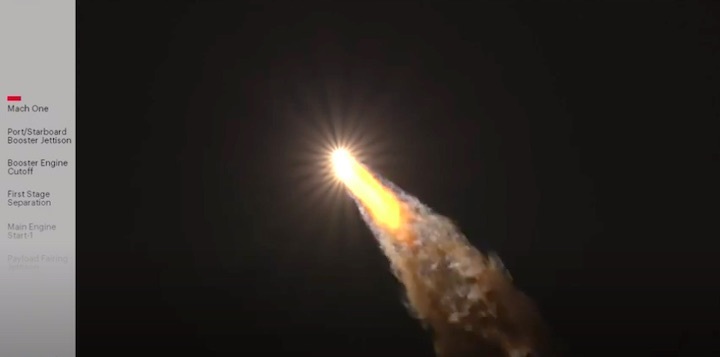
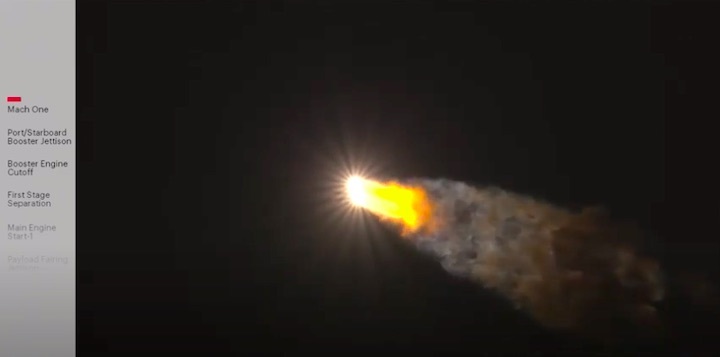
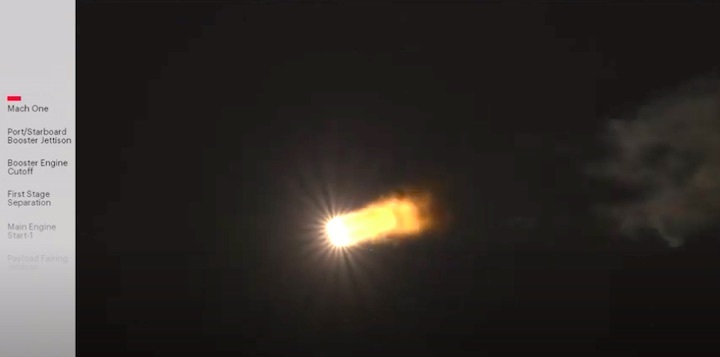
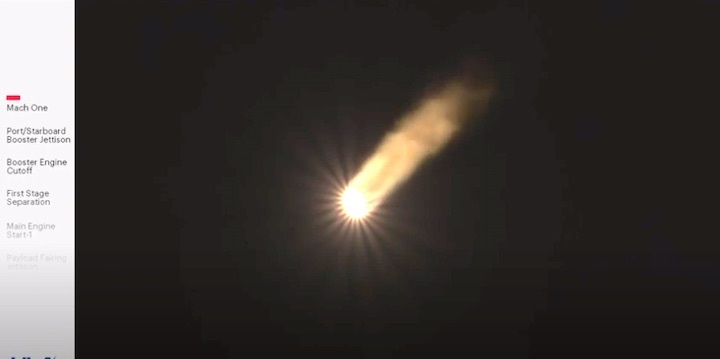
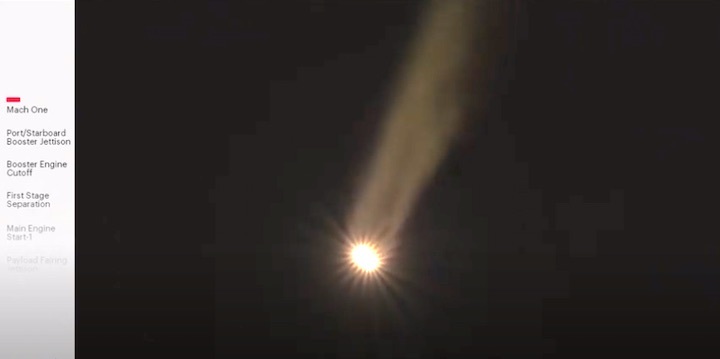
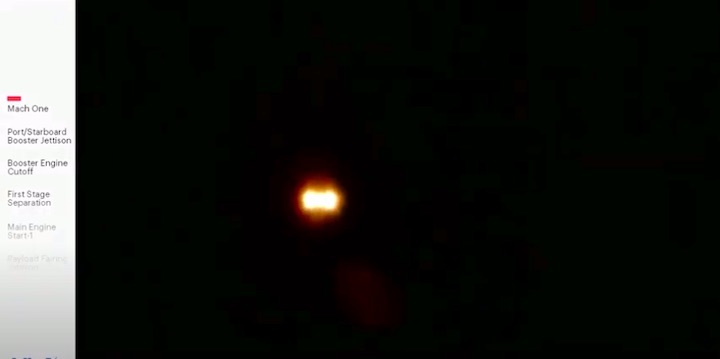
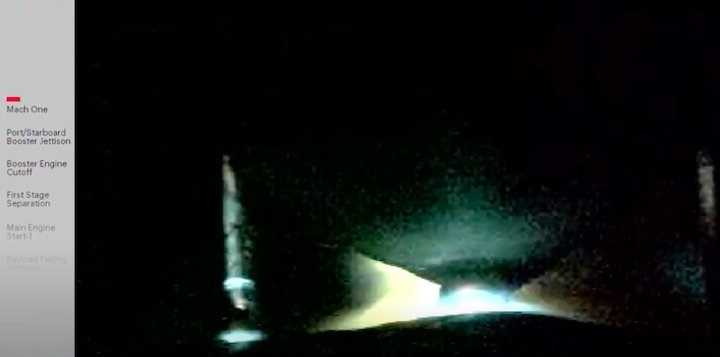
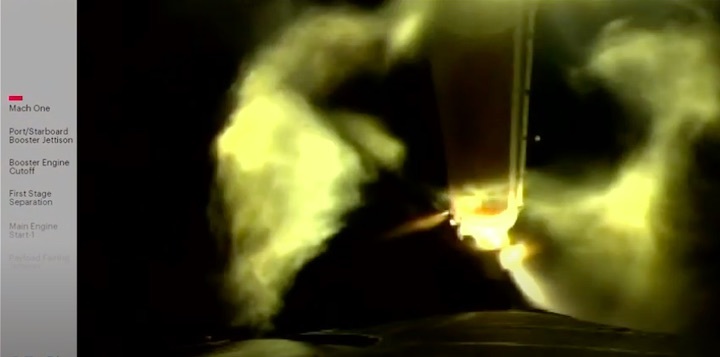
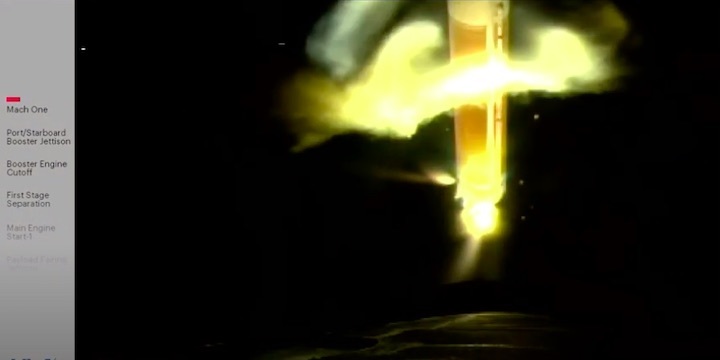
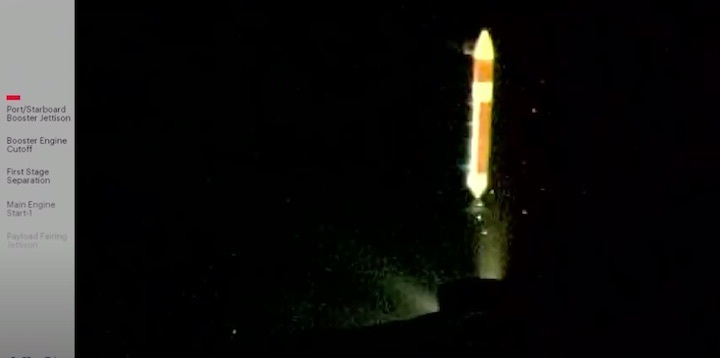
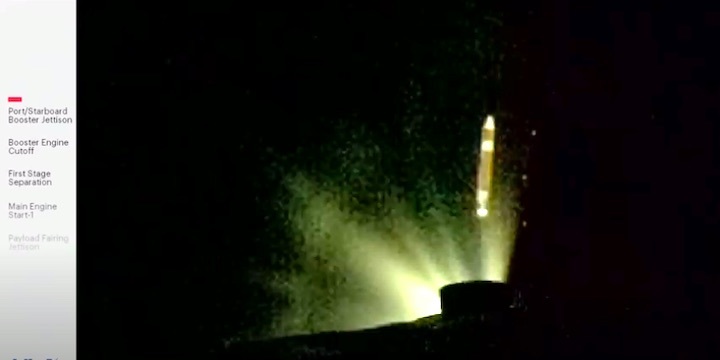
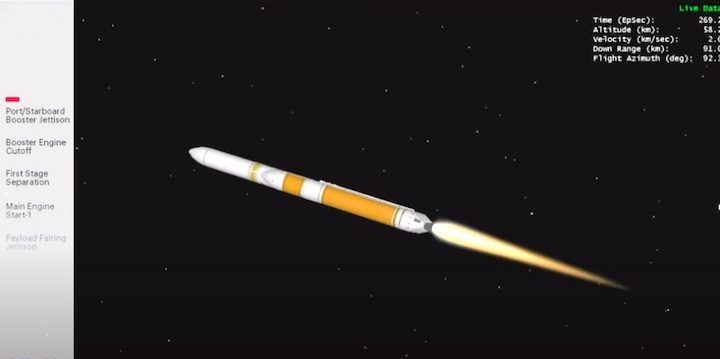
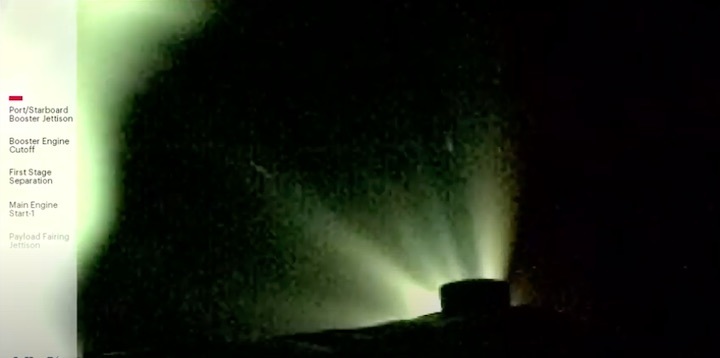

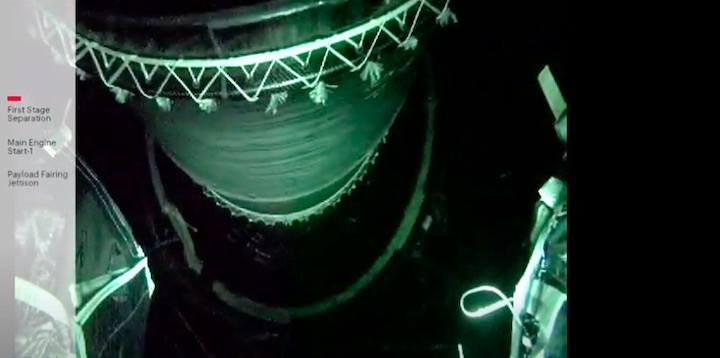
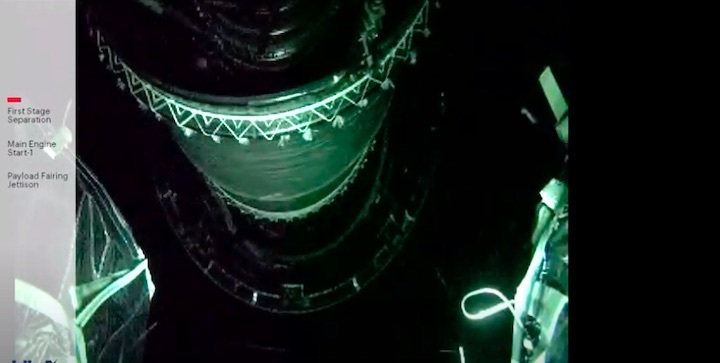
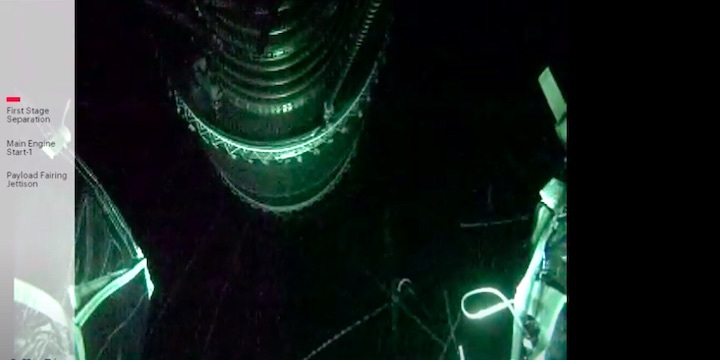
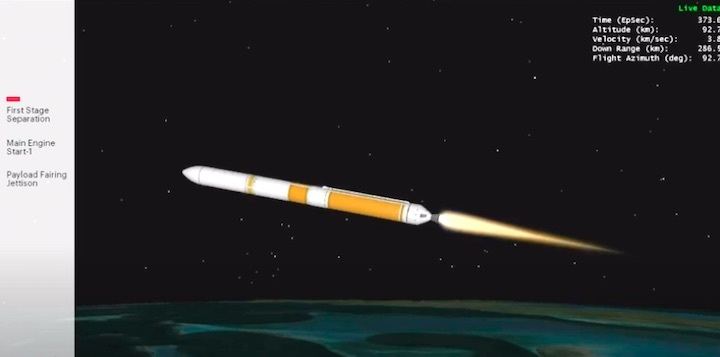
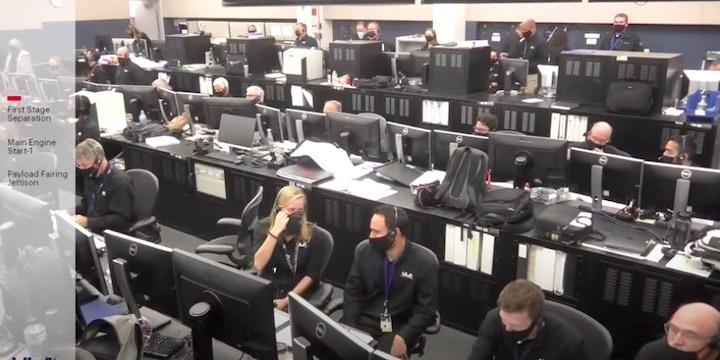
Quelle: ULA, USAF
